
Every dog owner has a tale of a pet that won’t listen, chews shoes, or wreaks backyard havoc. These anecdotes fuel breed-based stereotypes—but the research paints a more complex picture. While breeds like the Siberian Husky often rank poorly in behavior surveys, scientific studies reveal that genetics account for only about 9 percent of a dog’s behavior.
That suggests “bad behavior” isn’t hardwired by breed, but shaped by a range of factors, including environment, training, and individual temperament. This challenges the idea that some breeds are just naturally “bad” and urges a deeper understanding of canine psychology.
Let’s look at the dogs ranked worst by data, unpack the myths surrounding aggression, and examine the deeper science behind behavior.
Siberian Huskies—Top of the Naughty List

In a major behavioral study published in 2024, the Siberian Husky ranked lowest overall, with the highest number of owners labeling them “not good” or “terrible” in temperament.
These strikingly beautiful dogs are known for their stubbornness, boundless energy, and tendency to destroy furniture or bolt off-leash. But these so-called “flaws” may actually reflect traits bred for endurance and independence in Arctic environments. Their behavior isn’t about disobedience—it’s instinctual. Despite being intelligent and affectionate, Huskies are notoriously hard to train using convention
al methods. So while the data does place them at the bottom of the behavior scale, it may be less about “badness” and more about a mismatch between their natural instincts and typical domestic expectations.
Beagles—Adorable Rebels With a Loud Streak

With their floppy ears and big brown eyes, Beagles look like the perfect pet. But behavior data suggests otherwise. Just behind Huskies in owner dissatisfaction, Beagles frequently ignore commands and are infamous for their howling—a behavior rooted in their heritage as scent hounds.
Their powerful noses and independent streak make them difficult to manage off-leash and resistant to distraction-free training. While they’re great with families and kids, their energetic and curious nature can lead to chaos without firm boundaries and plenty of stimulation.
This contrast between appearance and behavior underscores how easily expectations can misalign with reality. Beagles are far from “bad”—they’re just driven by instincts developed over centuries of hunting.
Aggressive Breeds? The Data Tells a Different Story
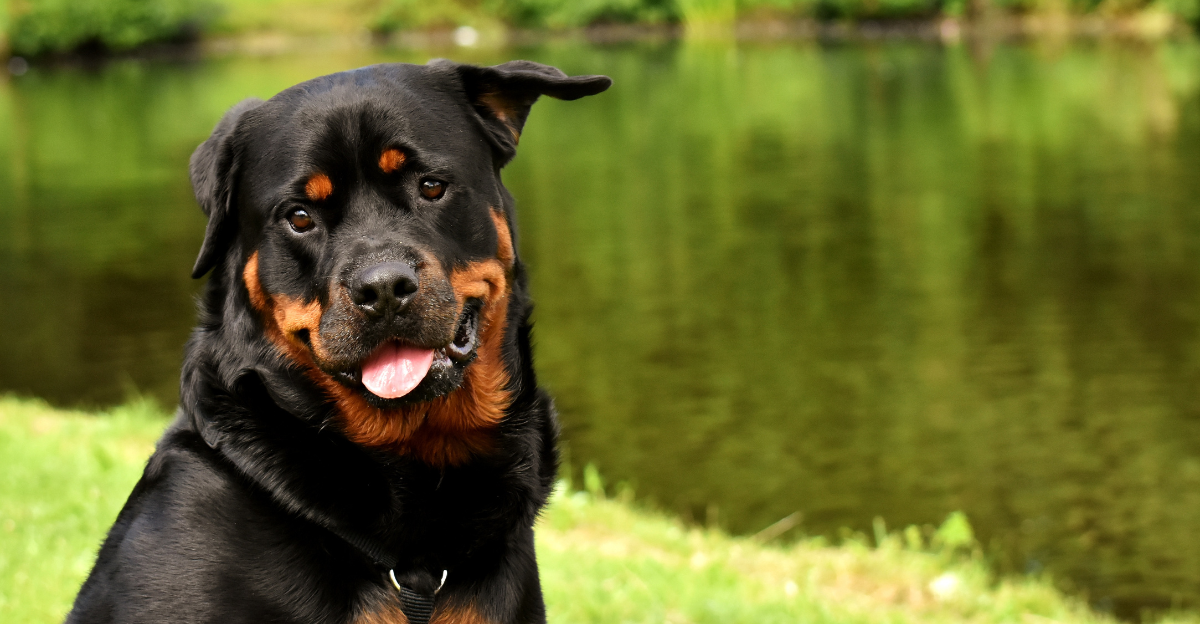
There’s a widespread belief that “dangerous” breeds like Pit Bulls or Rottweilers are also the worst-behaved. Yet, large-scale studies show that aggression isn’t strongly linked to breed.
In fact, many dogs labeled aggressive perform better in behavior assessments than expected, while some mixed-breeds score higher for hostility. While fatal attack statistics show that certain breeds are overrepresented, these incidents are rare and often involve neglect or abuse. Most dogs from these breeds live peacefully with families.
This disconnect between perception and data reveals how misleading breed-based judgments can be. It also questions the fairness of breed-specific legislation. The real issue isn’t just breed—it’s the circumstances dogs are raised in, and how those environments influence behavior.
Why Breeds Misbehave—History Holds the Clues
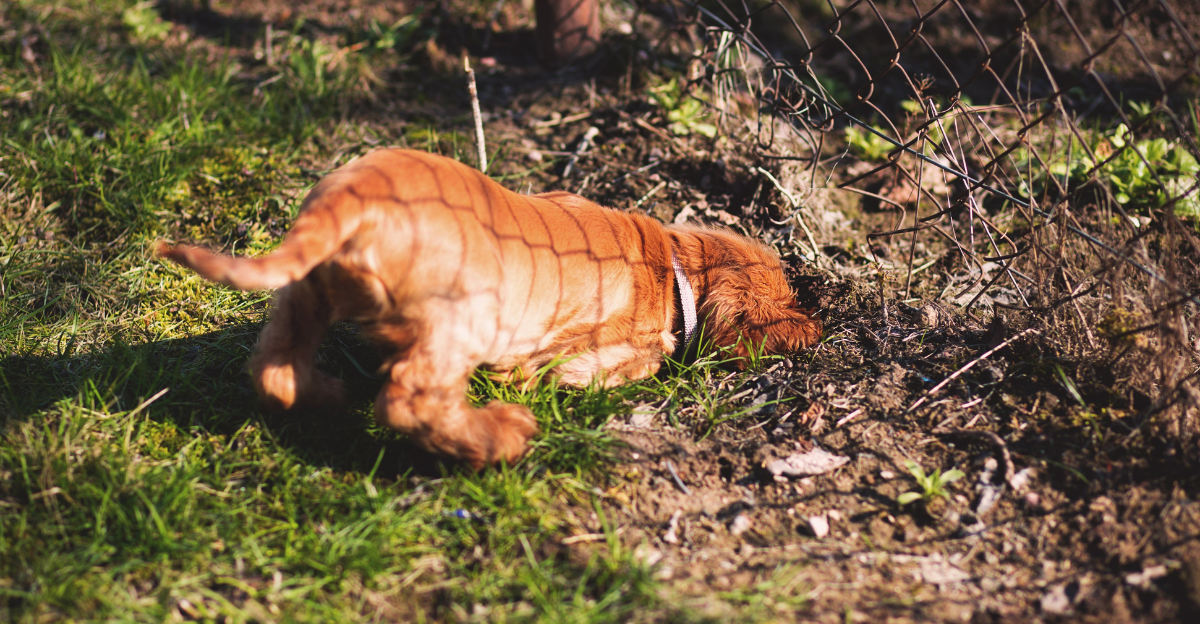
Modern dog owners often expect calm, obedient pets, but many breeds weren’t developed for serenity—they were bred for jobs. Huskies were made to run, Beagles to follow scents tirelessly. Behaviors like roaming, digging, or barking, now seen as bad, were once valuable assets.
This helps explain why some breeds struggle to adapt to suburban living. Victorian breeders further intensified certain traits, creating dogs that may not fit neatly into the modern family mold. When dogs misbehave, it’s often less about disobedience and more about instinctual behavior that no longer has an outlet.
This historical lens shifts our understanding of “bad” behavior, reminding us that many pet challenges stem from expectations clashing with centuries-old instincts. Matching a dog’s purpose to your lifestyle matters more than labels.
What Science Really Says About Dog Behavior
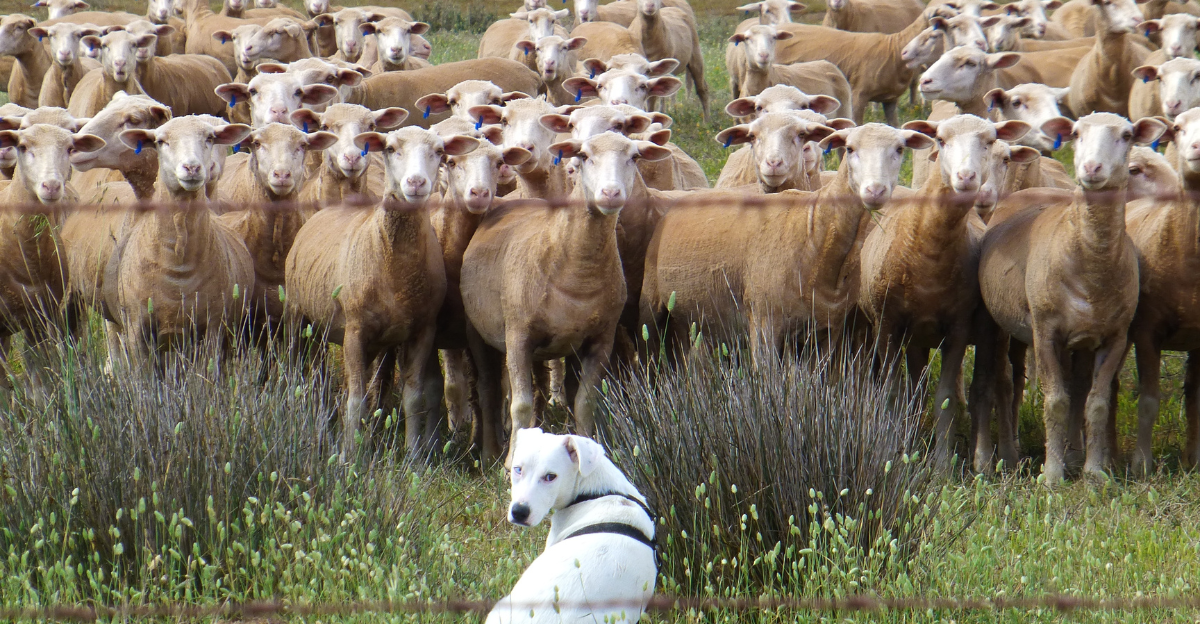
A groundbreaking 2022 study revealed that breed accounts for only around 9 percent of behavioral differences among dogs. In other words, most of what makes a dog calm, hyper, obedient, or difficult comes down to individual personality and life experience—not breed.
Sure, herding dogs may be easier to train and scent hounds more headstrong, but these are tendencies, not guarantees. Even within so-called “bad” breeds, you’ll find angels and troublemakers alike. This challenges the logic of judging behavior based on breed alone.
It also reinforces the importance of training, environment, and early socialization. Just like people, dogs are shaped by a complex mix of nature and nurture. And when it comes to predicting behavior, breed alone doesn’t hold much weight.
The Impact of Stereotypes on Dogs—and Owners
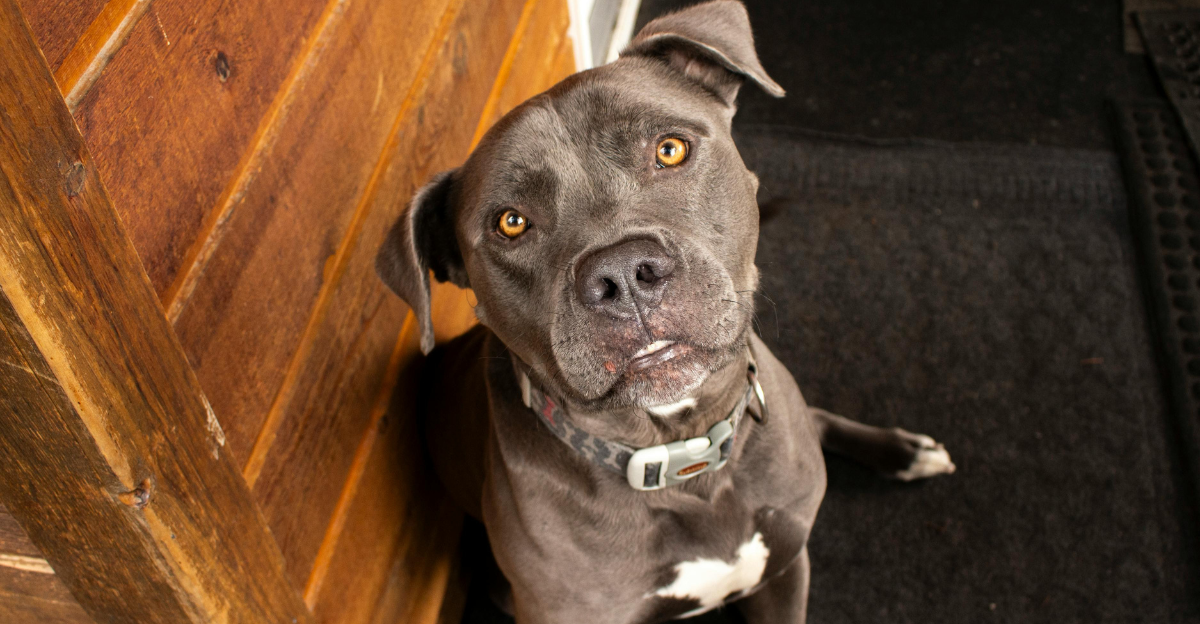
Media portrayals and personal biases have a powerful effect on how certain breeds are perceived. Despite mounting evidence that breed is a weak predictor of behavior, stereotypes persist. Studies show that even trained professionals rate dogs differently based solely on breed appearance.
These biases can lead to widespread consequences—like lower adoption rates, stricter housing rules, and even breed-specific bans. Owners may unconsciously treat dogs differently based on reputation, leading to self-fulfilling prophecies.
A “bad” dog may be misunderstood, undertrained, or mislabeled from the start. The danger of these perceptions isn’t just misinformation—it’s the real impact on the lives and treatment of the dogs themselves. Breaking down stereotypes takes data, education, and a willingness to see each dog as an individual.
Rare But Real—Extreme Behavior Cases by Breed
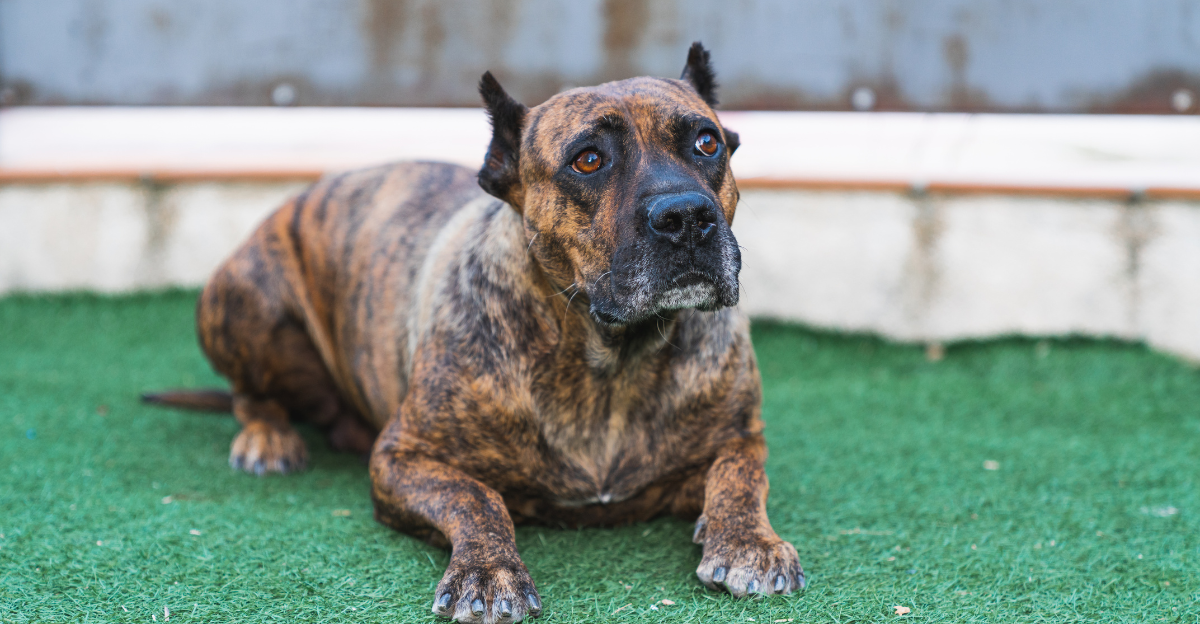
Though behavior varies widely among individuals, some breeds appear in extreme case reports more often. The Presa Canario, for instance, has been linked to high-profile attacks and is banned in several countries.
However, these events are rare and often involve abuse, neglect, or poor training. Data shows smaller dogs may bite more frequently, though with less serious outcomes. Breed alone doesn’t guarantee violence—context matters. Most members of “dangerous” breeds are never involved in incidents. Still, these outliers fuel fear and feed restrictive policies.
It’s essential to distinguish between population-wide behavior and rare extremes. Judging an entire breed by its worst cases is no different than assuming all people share one individual’s actions. The truth is far more nuanced—and less sensational.
It’s All About the Individual Dog
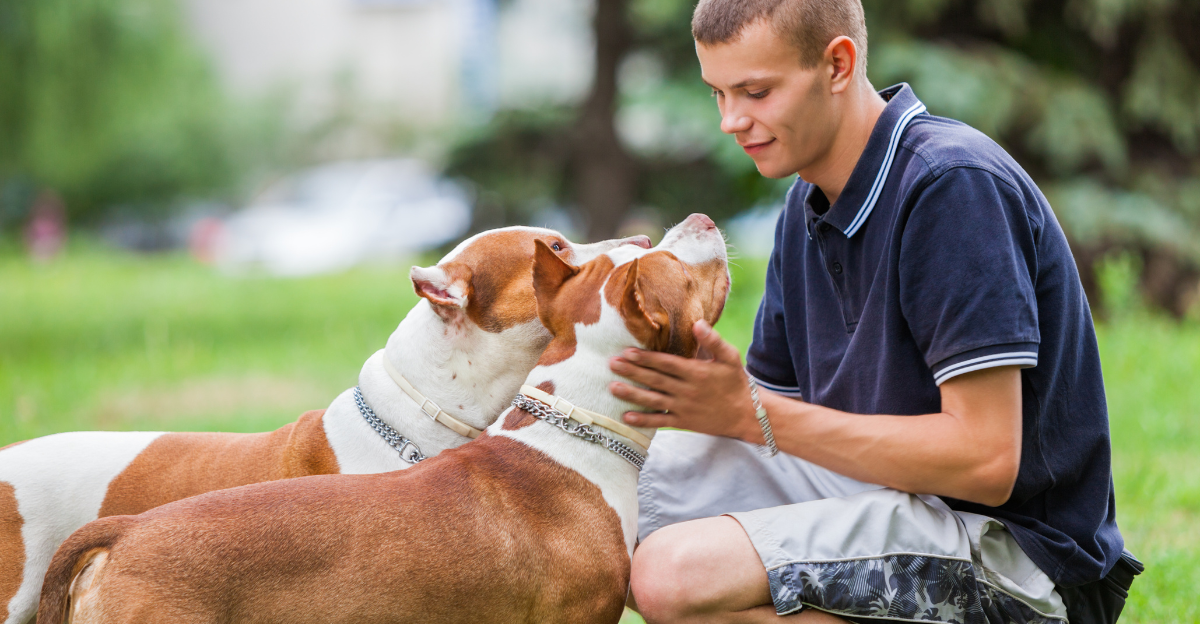
Scientific consensus is clear: no breed is inherently “bad.” What truly shapes a dog’s behavior is a complex mix of genetics, training, environment, and early life experiences. Even breeds with bad reputations produce loving, calm, and obedient pets when raised well.
Meanwhile, dogs of any breed can develop behavioral issues if their needs go unmet. This means the best predictor of future behavior isn’t breed—it’s the effort an owner puts into understanding and training their dog.
Labels can be misleading, often masking the real variables at play. If we want well-behaved dogs, the focus should shift from breed selection to responsible ownership. Every dog deserves a clean slate, and every prospective owner deserves the truth: it’s not about breed—it’s about fit, care, and commitment.
Time to Ditch the “Bad Breed” Myth

The idea of a “worst-behaved dog breed” doesn’t hold up under scrutiny. While breeds like Huskies and Beagles often frustrate owners, and extreme incidents involve certain types, behavior is far too complex to reduce to labels.
Research shows that breed explains only a small fraction of behavior, and environment, training, and individual temperament are far more influential. When we default to stereotypes, we risk misjudging good dogs and misguiding new owners.
The real solution isn’t banning breeds—it’s educating people. Dogs aren’t born “bad”; they become what we allow or help them to be. Moving beyond myths means embracing facts—and recognizing that every dog deserves to be treated and understood as an individual. The data supports it. Our dogs deserve it.
Explore more of our trending stories and hit Follow to keep them coming to your feed!

Don’t miss out on more stories like this! Hit the Follow button at the top of this article to stay updated with the latest news. Share your thoughts in the comments—we’d love to hear from you!







